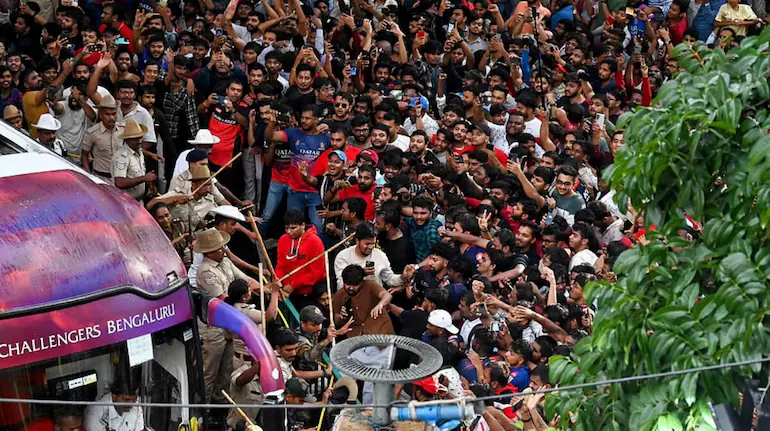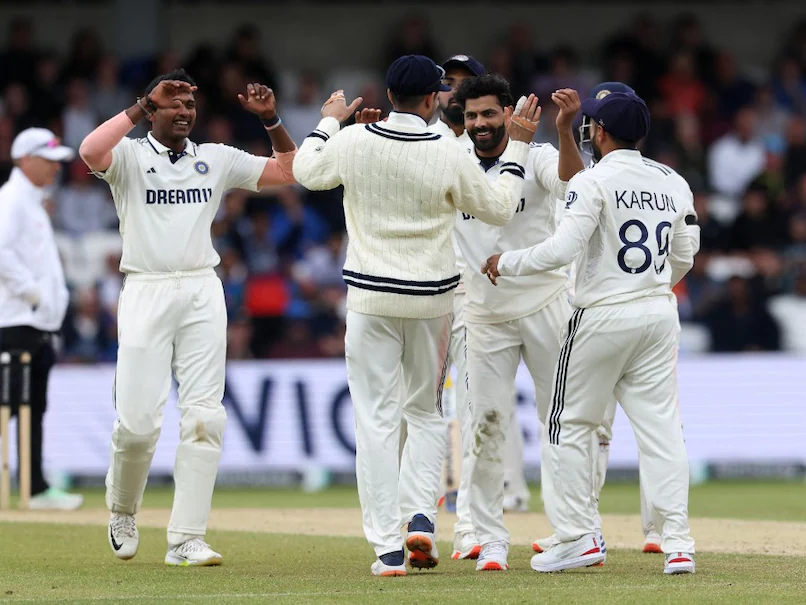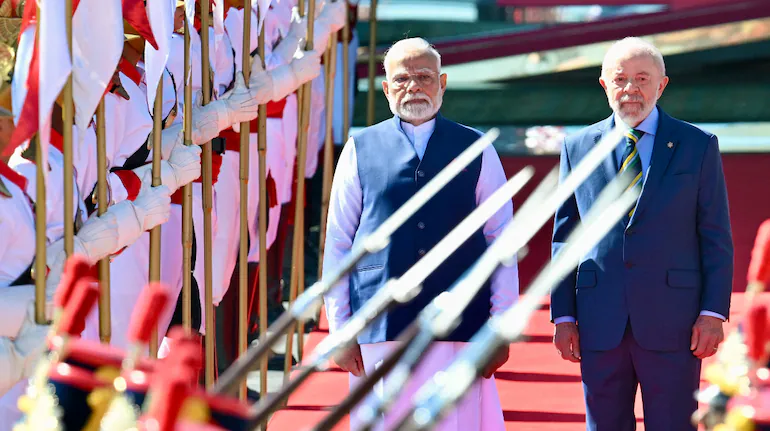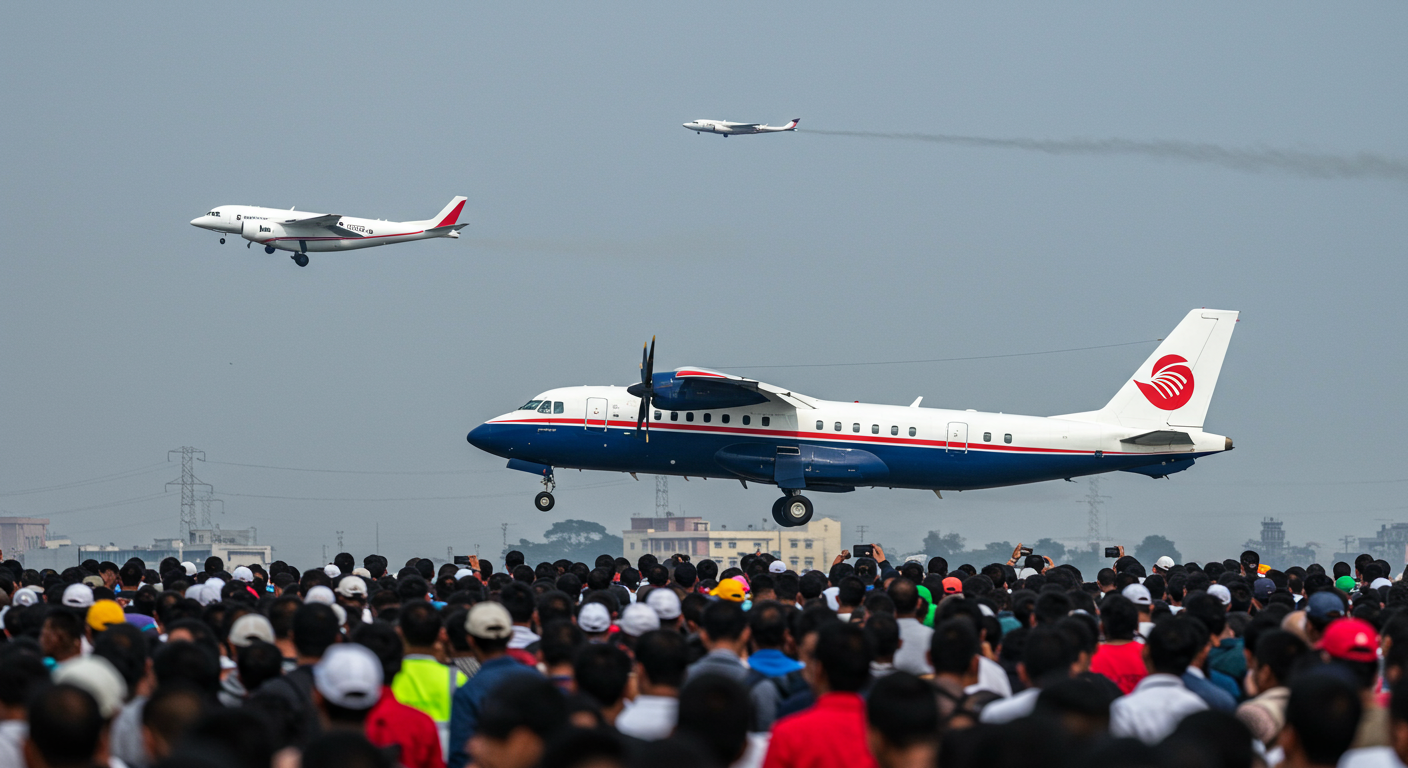From Celebration to Tragedy: How a Joyous RCB Victory Parade Turned Deadly in Bengaluru
- Abhishek

What should have been a historic celebration turned into a day of mourning for the people of Bengaluru. On June 4, 2025, the city witnessed a heartbreaking tragedy when a massive stampede outside the M. Chinnaswamy Stadiumduring Royal Challengers Bengaluru’s (RCB) IPL victory celebration left 11 people dead and more than 50 injured.
The incident has sent shockwaves across the nation. What began as a moment of joy—celebrating RCB’s first-ever IPL title in 18 years—has now become a painful reminder of how crowd mismanagement and lack of proper planning can lead to irreversible consequences.
A Night of Celebration Turns Fatal
RCB’s long-awaited win in the 2025 Indian Premier League was an emotional moment for fans, players, and the city. The franchise had waited since the inaugural season in 2008 to lift the trophy. As expected, the city of Bengaluru erupted in joy. In response, RCB, in collaboration with the Karnataka State Cricket Association (KSCA) and event management partner DNA Entertainment Networks, organized a grand victory parade that culminated at the Chinnaswamy Stadium.
However, what organizers failed to anticipate was the overwhelming crowd turnout. While no official number was released, estimates suggest tens of thousands gathered around the stadium—far exceeding its handling capacity. According to eyewitnesses, the entry gates became choke points. With more fans trying to push in and no proper crowd control barriers or trained personnel, panic set in, leading to a deadly stampede.
Lives Lost in Chaos
Among the 11 people who lost their lives, many were young fans who had come to witness the moment with family and friends. Heart-wrenching images and videos soon circulated on social media—people crying for help, unconscious fans lying on the ground, and emergency responders overwhelmed.
One of the victims, a 23-year-old student named Shravya, had traveled over 200 km from Mysuru just to be part of the celebration. Her grieving father told local media, “She was a cricket lover. She waited years for this moment, and now she’s gone.”
FIR Filed Against Organizers
In the aftermath of the tragedy, the Bengaluru Police acted swiftly, registering an FIR (First Information Report)against:
-
Royal Challengers Bengaluru franchise
-
Karnataka State Cricket Association’s Administrative Committee
-
DNA Entertainment Networks, the event organizer
The FIR accuses them of criminal negligence, citing failure in anticipating the crowd volume and not making adequate arrangements for safety and control. The lack of medical stations, police presence, and clearly marked exits were some of the major failings highlighted in the complaint.
According to the FIR, there were also no contingency plans or emergency response mechanisms in place—standard protocols when handling large public gatherings.
High Court Takes Suo Motu Cognizance
Adding to the gravity of the matter, the Karnataka High Court took suo motu cognizance of the incident. The court expressed deep concern over how such an event, organized in the heart of Bengaluru, could be carried out with such poor planning and oversight.
Reports suggest the court is now considering forming a Special Investigation Team (SIT) to probe the matter independently. The goal is not just to punish those responsible but also to create a framework that ensures such events are managed with the seriousness they deserve.
Public Outrage and Political Reactions
The reaction from the public has been one of anger and sorrow. Social media has exploded with hashtags like #JusticeForRCBFans and #BengaluruStampede, with users demanding accountability and compensation for the families of the victims.
Citizens and civic activists have questioned how permissions were granted without a robust crowd control and disaster management plan in place. Several local leaders from across party lines have called for immediate action and reforms in public event organization.
Karnataka’s Chief Minister, in a public statement, expressed condolences and announced a compensation package for the victims’ families. He also assured that an internal review of police and civic authority involvement would be conducted.
Where Did It All Go Wrong?
This tragedy highlights a painful truth: organizing large-scale events is not just about celebration—it’s about responsibility.
Some of the key failings include:
-
Underestimating turnout: Organizers expected a crowd in the thousands; what they got was possibly over 100,000 fans.
-
Inadequate entry/exit points: Gates were too few, and no staggered timings were assigned to manage flow.
-
Poor emergency planning: There were no emergency evacuation protocols or ambulances on standby.
-
Lack of trained crowd control personnel: Most of the on-ground staff were volunteers or private security guards without the training to handle panic situations.
Moving Forward: Lessons That Must Be Learned
As the dust settles, it’s clear that this wasn’t just an unfortunate accident—it was a preventable disaster. Authorities, event organizers, and franchises must treat crowd management as seriously as the event itself.
Protocols must be updated. Emergency medical teams should be mandatory. Crowd simulation models should be used in planning. And most importantly, public accountability must be enforced.
For the families who lost their loved ones, this will forever be a day of sorrow. For the city of Bengaluru and cricket lovers across the country, it is a reminder that celebrations should never come at the cost of human life.
Conclusion
The RCB parade stampede is not just a tragic footnote in IPL history—it’s a wake-up call. Going forward, India must balance celebration with caution, planning, and empathy. Because the true spirit of sport lies not just in victory, but in valuing every life that celebrates it.







